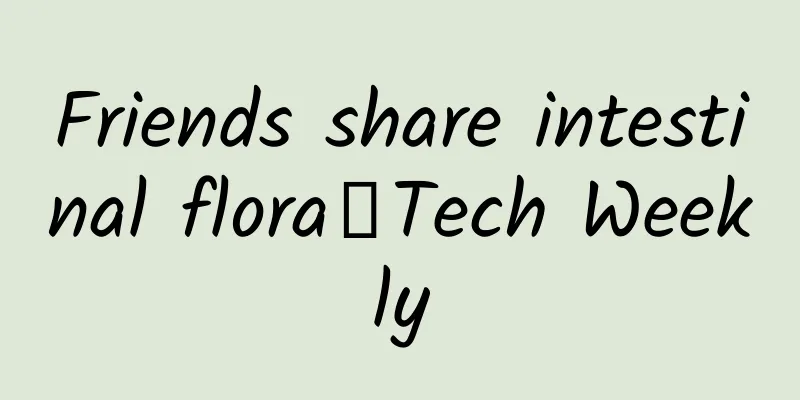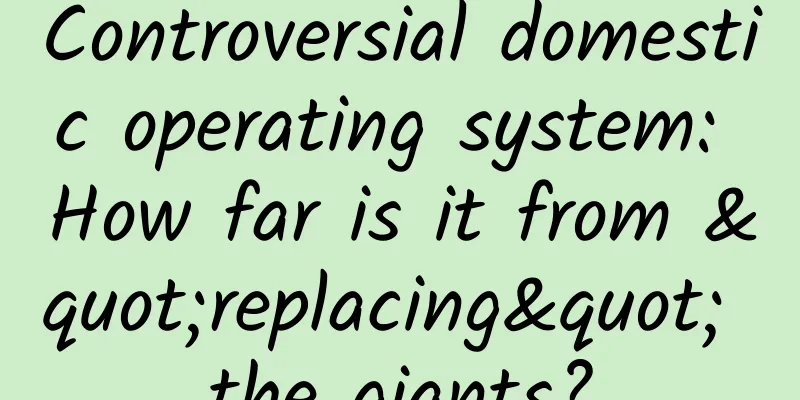Revealing the truth about not being able to grab red envelopes on Alipay, it's heartbreaking to read

On February 11, 2015 , Alipay distributed red envelopes to people across the country, creating a very lively atmosphere.Some people were having a great time grabbing red envelopes, some were showing off their red envelopes until their hands were tired, and some were busy for a long time but didn't get any red envelopes, and swore that they would never believe in love again. In my opinion, Alipay red envelopes have already achieved half of their success by attracting attention and participation from a huge user base, but the other half is questionable. Otherwise, there would not be such doubts among Zhihu users: Is Alipay’s New Year’s Red Packet a scam? No one I know has grabbed it.How should Alipay red envelopes be made so that they don’t look like a scam?This starts with the nature of operations and promotion activities. In short, the goal of good operations is to "spend the least money and do the most work." From this perspective, Alipay red envelopes are a very successful case. With a cost of less than 300 million yuan, they bombarded the circle of friends, attracted a lot of attention, and created a good communication effect. In the battleground of "mobile payment", the two goals of "attracting new users" and "increasing the stickiness of old users" have been achieved. So what are its limitations?In fact, this is a problem that all operations have to face, which is "limited budget". The number of Alipay users reached 800 million in December 2012 (data source: Wikipedia). Even if only 10% of these users participated in the red envelope grabbing activity, based on the total number of 30 million red envelopes on February 11, each person could only get an average of "40 cents in red envelopes." If 40 cents is really divided equally among each user, some anxious friends may even want to smash their phones. Here comes the question:When "limited budget" encounters "huge user base", how to achieve "good communication effect"?Let me tell you my thoughts: The 130 million budget is divided into two parts. 2. A portion of it is used to generate "high-value red envelopes" with amounts ranging from two to four digits, which are distributed to "high-influence users" through algorithms. 3. The other part is used to generate "small red envelopes", ranging from a few cents to a few yuan, and randomly distributed to "ordinary influential users". High-influence users are content producers and opinion leaders on social networks identified by the system through algorithms. They are also the “Innovators” and “Early Adopters” mentioned in the book “The Tipping Point”, as shown in the figure below. After these users receive high-value red envelopes, if they share them on social networks, it will produce a much greater communication effect than ordinary influential users. This is also the user group that operators need to pay special attention to. Image source: Wikipedia Ordinary influential users will be randomly given small red envelopes. Every penny is spent wisely, this is the effect we want. After this analysis, another interesting topic comes up: how to identify “high-influence users”?Tencent has a natural advantage in this area because the value of WeChat is the "Chinese social relationship map" behind it. By judging the three indicators of the number of friends, the number of original messages, and the number of forwarded messages, it is easy to identify "high-influence users." However, Alibaba is naturally lacking in this area. The value of Alipay lies in the "China Transaction Relationship Map" behind it, but it is difficult to identify high-influence users based on this map. The way I can think of is probably to judge "high net worth users" through user transaction behavior, and at the same time assume that "high net worth users" and "high influence users" have a high degree of overlap, and indirectly identify "high influence users". Alibaba has long been aware of its shortcomings, and even tried to make up for them in this Alipay red envelope activity. What do you think?Yes, it is the "red envelope chain". The "red envelope flow" in the last picture below reveals Alibaba's intentions. The social relationship graph is exactly what Alibaba lacks and what Tencent least wants Alibaba to have. However, WeChat can prohibit direct sharing through Alipay, but it cannot prohibit users from sharing pictures. "Red Packet Chain" uses WeChat's channels to circumvent WeChat's ban by sharing pictures and entering passwords, and indirectly copies WeChat's core asset, the "social relationship graph." In a word, the "Red Packet Chain" is Alibaba's naked attempt to poach employees from Tencent. By the way, the fierce competition between Alibaba and Tencent in various fields is essentially a game between two basic human behaviors: "social" and "transaction". In this process, Baidu, one of the three BAT companies, has gradually been forgotten. If Baidu does not attack, the three-way competition may be replaced by two strong competitors. This speed may be very fast. For those friends who have grabbed a few cents or a few dollars in red envelopes, my advice is to work hard to become a "high-impact user", so that the next big red envelope will not be far away from you. More likely, by then, you no longer care about these red envelopes at all. |
<<: Xiaohongshu KOL promotion: the secret of note ranking and weight algorithm!
>>: How to improve user activity of products?
Recommend
APP promotion: conversion rate increased by 1750%! I did it with these tips
Only by improving the conversion rate at each ste...
Science and technology lead "fiber": Chinese scientists make fiber materials "standing tall and standing on the ground"
Author: Sun Yizhen Photography: Yang Pudong On th...
Google I/O conference didn't have self-driving cars, but it wants artificial intelligence to take over everything you do
At 1:00 a.m. Beijing time on May 19 (10:00 a.m. l...
Aircraft piston engine
Aviation piston engines rely on the reciprocating...
Startup products: How to scale up offline?
Recently, I have been learning how startups can s...
Why did Geely's new energy vehicles only rank tenth in sales last year and most of them were sold domestically?
New energy vehicles are the general trend. Both t...
Google may force Android phones to encrypt in the future
Lollipop system encryption options According to f...
What is the “black technology” behind green steel production?
Editor's Note Millions of IPs create science ...
How to attract new users and retain them?
01 This morning, I eavesdropped on a two-hour MLM...
Heavy rain and rainstorm are coming today →
Starting today (26th) A new round of heavy precip...
MacBook Pro without TouchBar disassembly: replaceable SSD
Apple officially released the new generation of M...
Will Russia cooperate with Huawei on 5G? What's the matter with Russia's 5G cooperation with Huawei?
Will Russia cooperate with Huawei on 5G? What'...
Is there a healthiest snack that won’t make you fat? Yes and no
Snacks include not only fruits, nuts and potato c...
How to purchase the video of African children holding signs?
How to purchase the video of African children hol...









